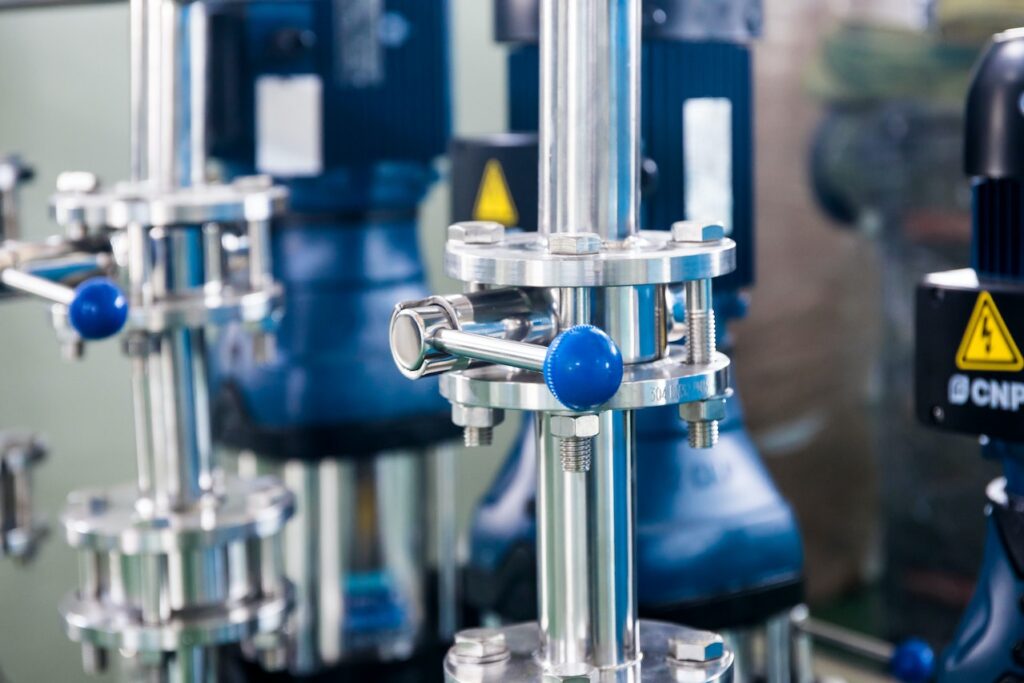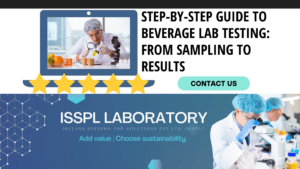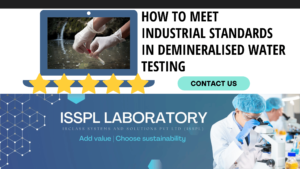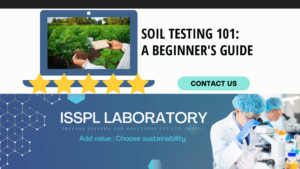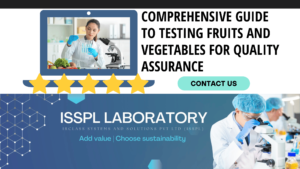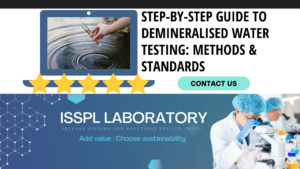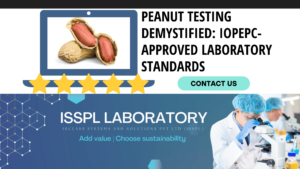An Overview by Team ISSPL - Analytical Testing Laboratory in India
ToggleIn the pharmaceutical industry, one cannot ignore the strict standards. These strict guidelines ensure the safe consumption and production of pharma drugs. With the dynamic industrial landscape and impeccable competition, pharmaceutical companies must develop and market their products with optimal safety and care, maximizing profits.
Safety and testing – The need of the hour
Contamination of drugs and pharmaceutical products can create critical health hazards. Consistent environmental monitoring is vital to ensure zero chances of contamination at multiple stages of the production process of drugs. All pharmaceutical companies must ensure the industrially-accepted safety and quality standards, meeting the needs for regulatory compliance. It is essential to prevent the production of contaminated products, avoiding the worries of public health and safety.
Stability testing for pharma products ensures the quality of drugs and their components. It exhibits the change in the product over a specified span, under the influence of environmental factors. The various environmental factors can include temperature, humidity, and light. The test and research review the attributes of the products, susceptible to change at various stages of storage. It is critical because it influences quality, safety, and efficacy.
Testing covers the physical, chemical, and microbiological features –
a) Physical features – These deal with the appearance, melting point, water content, clarity and solution color, pH, dissolution and disintegration features, viscosity, and many more.
b) Chemical attributes – It focuses on the rate of degradation of the products, components, and residual solvents.
c) Microbial features – The growth speed of microorganisms and the effectiveness of preservative contents are the primary focused aspects.
All these are essential to establish the stability profile of the products for a given period.
For any drug component, the test must be conducted periodically with a re-test period of at least 12 months. In fact, the frequency of product testing under the optimal long-term storage condition should be between three to six months.
Stability and efficacy – The connection
The reason behind conducting a stability test is to prove the optimal quality of a drug component in the pharma product. The quality may differ with time for the influence of various environmental factors like temperature, humidity, or light. Also, it is critical to establish the re-test period, ensuring a steady shelf life for the drug product under pre-defined storage conditions.
- Suspension, stress testing, and sedimentation – Stress testing of the drug substance assist in the identification of the products that could degrade. The type of stress testing depends on the individual drug components and the type of product. During the manufacturing steps, the stress testing gets carried out on a single batch. It includes the impact of diverse temperatures on the product. It evaluates the susceptibility of the drug component with an extensive range of pH values in a solution or suspension.
- Photostability test – Among the various evaluation reports, the test results of the photostability test hold a prominent place. In fact, it is an integral part of stress testing. The standard environmental conditions during photostability testing help in examining the rate of degradation in the products under stress conditions. It is critical for establishing degradation pathways through an analytical approach. The long-term storage conditions and results depend on the results of the photostability test.
The essentiality of testing – A systematic approach is integral during the testing steps. The exhibition of the stability data must include a conclusive report covering the physical, chemical, biological, and microbiological tests. In fact, it must include the specific attributes of the dosage, like dissolution rate for solid products and more.
The role of the lab and testing solutions determine the impact of the test and functionality of the pharma product. Meeting industrial and quality compliance is a critical aspect. And so, testing the features is an indispensable choice. The pharma industry depends on the quality certifications for the functionality of the products. All these make the testing critical for all products.
Effectiveness and efficacy of medical drugs – The connection
What makes effectiveness or efficacy an integral factor in the pharma industry? Efficacy is the optimal capacity of the pharma product to induce the best treatment effects. Simply put, it determines the functionality of the product and its performance capacity. The efficacy of a pharma product could be reviewed accurately under ideal physical and environmental conditions It gets measured under expert supervision and is similar to a well-controlled clinical trial.
However, the effectiveness of a pharma product is a different attribute. It is different from efficacy. Why? Because it defines how well a drug would function in reality. In fact, there are times when an efficacious drug in clinical trials does not match the expectations under realistic conditions. Simply put, it is not as effective as expected. Thus, it is crucial to check the functionality under more than one physical condition, determining the best reports for long-term storage and utility.
Shelf-life stability of drugs
Any pharma product must exhibit optimal stability under the best storage conditions. It is easy to recognize during the testing phase. One can recognize the safety quotient and therapeutic value based on the active ingredients. The diverse techniques applied for product evaluation depend on the new-age technical resources for regulating the critical factors.
Importance of product testing in the pharma industry
For any pharma-based drug product, the essential of stability testing remains identical. The test plays a vital role in determining the shelf-life of the product, specifying the duration for product safety. One can understand the safety span and effectiveness of the therapeutic product with the test results. The level of the active ingredients determines these properties. The materials stored at different temperature and humidity conditions undergo more than one test. It includes – identification tests, physical tests, microbiological limits, preservative effectiveness testing, etc. The testers implement the best methods to review the features.
Closing note
Trust the lab-testing facilities brought by IRCLASS Systems and Solutions Pvt Ltd (ISSPL) laboratory and ensure accurate reports. Operate confidently in the pharma industry with the best practices of quality testing, safety checks, and manufacturing measures.
